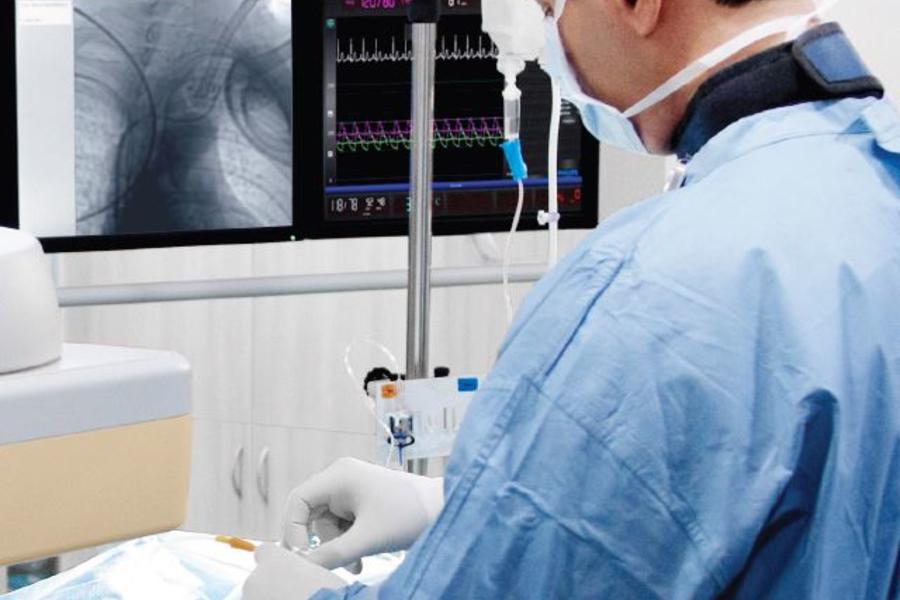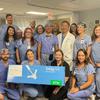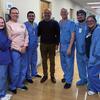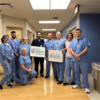
When your heart is not in proper rhythm, your doctor may recommend a cardiac pacemaker or other device(s) to regulate your heart rhythm.
These small devices generate electrical impulses delivered by electrodes on the leads implanted in the heart that regulate impaired native electrical conduction system of the heart; and therefore pump blood effectively. The leads are wires that run from the pulse generator and attach to the muscle inside the heart.
Leads usually stay in the heart permanently but infrequently an infection occurs, the leads malfunction, or are recalled by manufacturer etc. and therefore need to be removed.
Muhammad Amer, MD, clinical cardiac electrophysiologist, has been offering lead extractions since joining CAMC's medical staff in January 2019.
The service had not been offered at CAMC for a while, due to lack of a specialist trained for these services.
Dr. Amer has performed 51 complex lead extractions so far, allowing people to receive specialized care closer to home.
CAMC's lead management program is equipped with state-of-the-art laser technology and rotational trans-venous lead extraction devices. Both modalities are clinically proven safe and effective methods for lead extraction. The laser emits pulses of energy from the ultraviolet spectrum of light, working through lesions (adhesions) that develop on leads, while mechanical tools help dissect dense calcifications from the vasculature, allowing for the lead to be easily removed.
The longer the leads are in place, the more complex the procedure. Comorbidities, such as advanced age, multiple leads, infections, renal failure, device dependency, and heart failure make removal more difficult.
"Lead extraction is a tedious and intense surgical intervention without opening the chest, that involves a lot of planning and coordination beginning with patient selection, collaboration with support staff, cardiac surgeons, cardiologists, infectious disease specialists, and selection of appropriate extraction devices," Amer said. "It's unlike a typical general surgical procedure in the operating room."
Amer said, aside from the support staff and respective lead management consultants in the operating room, there is also a heart surgeon on standby in case there are complications during the extraction. Additionally, a physician creates at least two, if not three, vascular access points in the groins to place devices to mitigate risks and complications such as snares and balloons.




